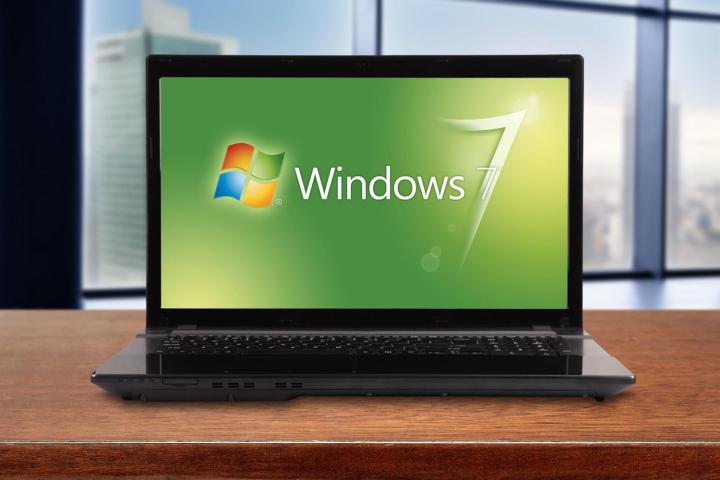
Skylake, the sixth generation of Intel Core processors, became widely available after Windows 10’s release. As such, the vast majority of Skylake processors are shipped with machines running Windows 10. With this in mind, Microsoft stated earlier this year that Windows 7 and Windows 8/8.1 will only support Skylake computers through 2017. So far as we know, this was the first time Microsoft has dropped security updates for an otherwise supported operating system depending on processor model.
Some users were … not thrilled. The move was widely seen as a way to force users to upgrade to Windows 10, according to Forbes. Apparently that feedback got through to Microsoft, which extended support through 2018 back in March.
Extended support for Windows 7 ends on January 14, 2020; extended support for Windows 8/8.1 ends on January 10, 2023. The change brings Skylake computers running Windows 7 and Windows 8/8.1 in line with other computers.
Microsoft’s stated reason for the policy is that Windows 10 is optimized for Skylake, while Windows 7 and Windows 8/8.1 are not.
And things get more complicated if you want to buy a computer this fall and install an older version of Windows. Microsoft says seventh-generation processors, code-named Kaby Lake, will not be officially support by Windows 7 or Windows 8.1, meaning if you buy a computer with such a processor, downgrading is going to be tricky.
Nearly half of all computer users are still on Windows 7, according to NetMarketShare, but old operating systems can’t run on new hardware forever. We all gave up XP eventually. Don’t worry, though — in eight years die-hard Windows 10 users will be complaining about not wanting Windows 12. The cycle will continue.


